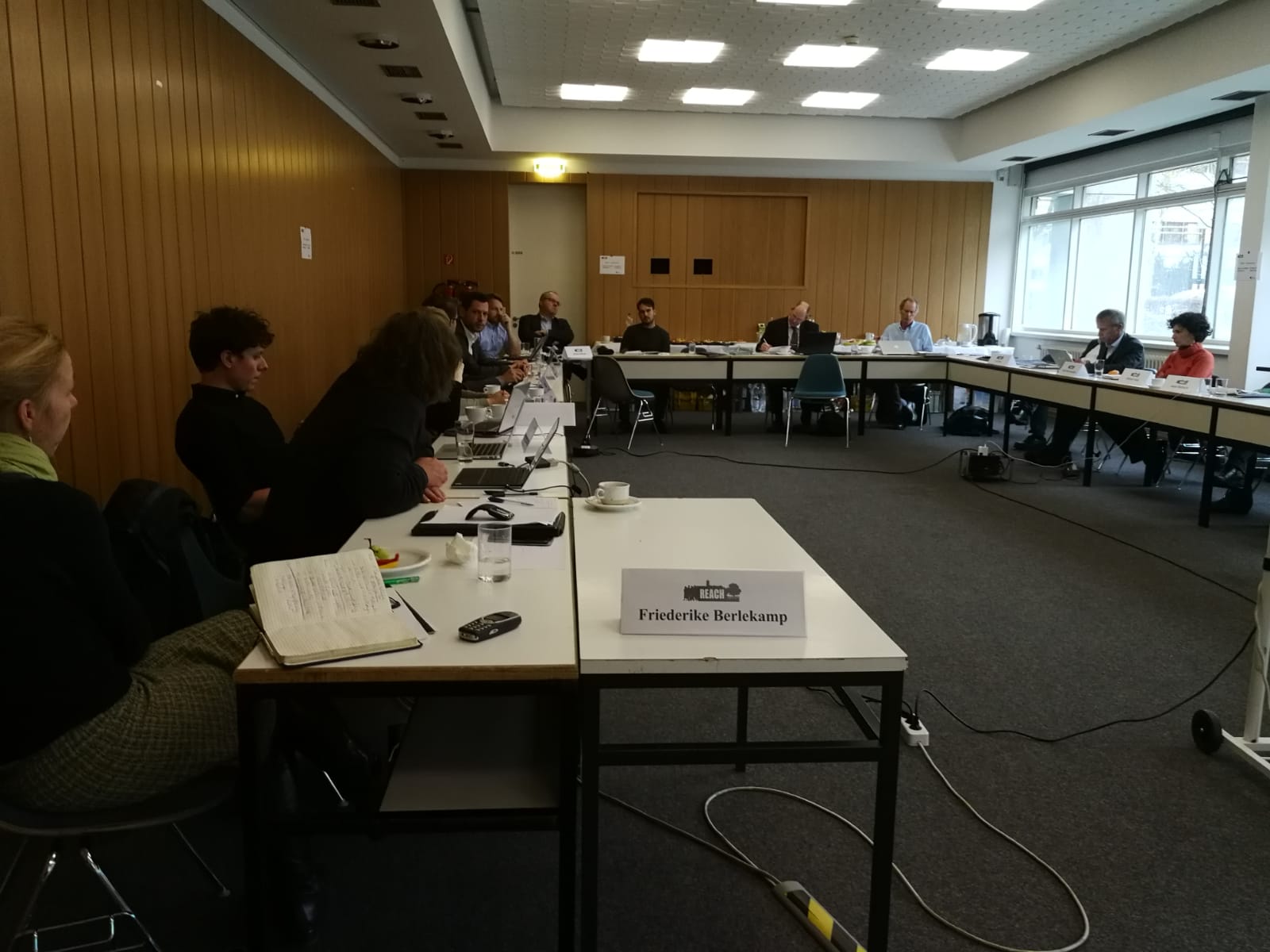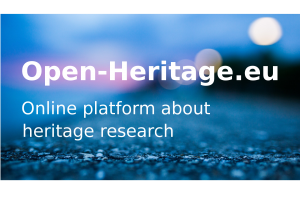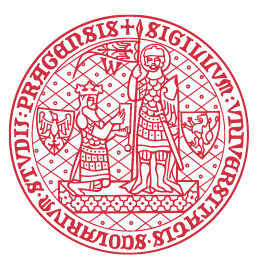Four international workshops on different aspects of participation were planned in the frame of REACH.
The first REACH Workshop took place in Berlin on 20/21 November 2018. Its focus was on Daring Participation in “institutional heritage”.
Daring participation!

MULTAKA, Treffpunkt Museum
Führung durch das DHM, Deutsche Historische Museum
Foto: © Milena Schlösser |
www.milenaschloesser.de
25 invited experts met and discussed many aspects of all kinds of possibilities for participation in the institutional care for cultural heritage. Discussing experiences the experts gained in everyday work or in projects, best practice was looked for. The possibilities for participation in the institutional care for cultural heritage artifacts have boundaries: Not everyone without any training or skills will be able to do whatever he or she likes to do with the objects of a museum. Nevertheless a wide range of activities can be thought of and is practiced.
Cultural heritage institutions themselves can be private, public or a mixture thereof. Also, they can be initiated and run solely on the initiative of volunteers. In such a museum the volunteers “participate” in all activities around the cultural heritage artifacts of the institution. Is this form of engagement “participation” stricto senso?
In classical cultural heritage institutions the situation is often different.
- Here, for example, citizens can participate in contributing and collecting objects for a museum. If they do it on their own without prior communication with a museum there will most probably be a big bulk of objects not suited for the museum.
- Citizens can participate in researching the context and meaning of single cultural heritage artifacts in institutions or can get involved in research activities of a cultural heritage institution. In such cases the question arises if the institution has the capacity to initiate and coordinate the involvement.
Read the event report here.
Programme and Presentations
Click here for the Programme and Presentations.
Where
The workshop took place at the Museum for Asian Art in Takustraße 40, Dahlem, Berlin.
When
The event took place on 20-21 November 2018.
What
- What is generally needed for participation in the administration, research and propagation of institutional cultural heritage on the side of the institution and on the side of the citizens?
- Will participation always be beneficial for both sides?
- What determines the success of participation in these cases?
- The mediation of cultural heritage objects is another field of activity where participation can be incorporated.
- What are the preconditions for successful participation in this field?
- What are the limits?
- What are best practice examples?
All these are examples of the complexity of involvement, inclusion and participation of citizens in institutional cultural heritage that were discussed at the workshop in Berlin to determine the possibilities and the limitations of participation.
Targets
The event was mostly targeted to cultural institutions and public administrations.
The workshop was for invited experts only, the discussions and conclusions will be communicated in order to stimulate further discussions.
Themes
The workshop addressed the following themes:
- Core functions and activities to be faced by cultural heritage institutions
- Who can and should be involved in which area of work?
- How can citizens get involved for mutual benefit?
- What actions are necessary for lasting participation?
- Best practice examples
Photo Gallery
This gallery shows pictures of the workshop.

























